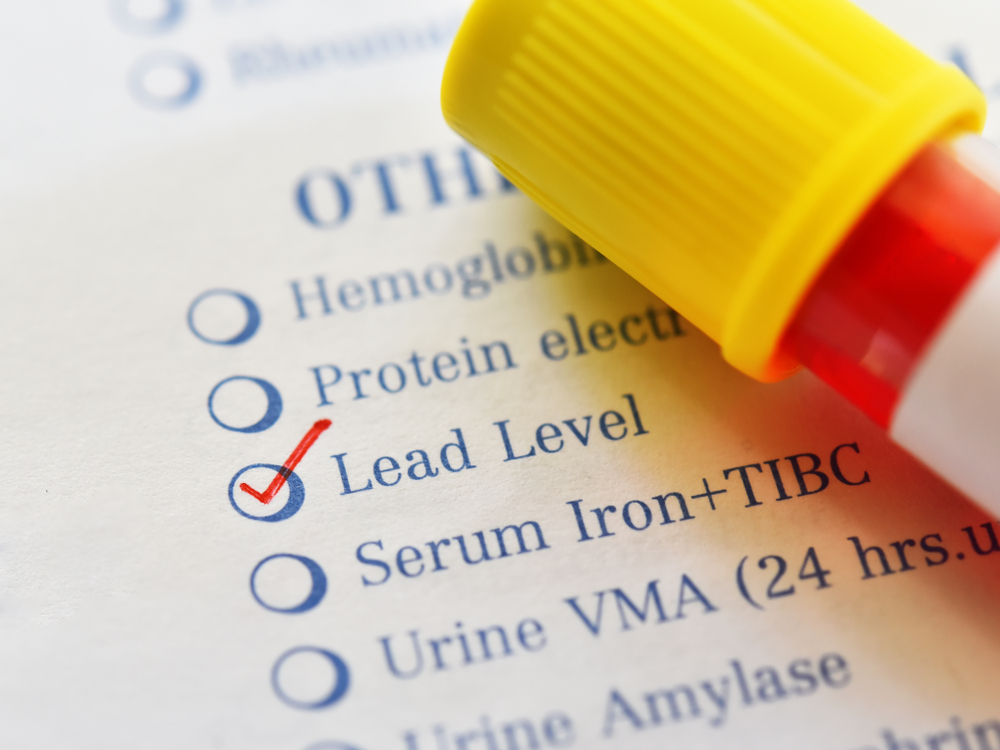What Research Says About the Lead-Crime Hypothesis
Posted on Categories Discover Magazine

It is scientifically proven that lead exposure causes harm, and the impact on children is especially devastating. Depending on the amount and duration of exposure — children can be affected negatively. Issues can range from delayed brain and nervous system development, learning and behavior problems, lower IQ, decreased attention span and hearing or speech issues.
Lead Crime Hypothesis
For decades, some in the criminal justice, medical and economic communities have believed that lead exposure contributes to juvenile delinquency and crime. This is referred to as the lead-crime hypothesis. This theory is not universally accepted, although there are studies that support the link between increased aggression and lead exposure in children.
However, it’s important to note that despite studies correlating childhood (or infancy) lead exposure/poisoning with later engagement in crime, experts do not conclude that lead alone is the cause of crime. Instead, it is considered a contributing factor.
Read More: Past Lead Exposure Shrank IQ Scores for Millions of Americans
Researching Lead Exposure and Crime
As it became evident that lead exposure was harmful, the Centers for Disease Control (CDC) adjusted their guidelines. In 1970, the guidelines were that 40 micrograms per deciliter was an acceptable amount of lead in the blood. By 2012, the CDC guidelines were updated to reflect that the acceptable level was less than 5 micrograms per deciliter.
According to some economists, crime went down when lead was no longer allowed in paint or gasoline. This confluence of events led some researchers to assert that the significant decrease in U.S. violent crimes between 1992 and 2002 was in large part due to the introduction of unleaded gas.
Causes of Lead Exposure
The CDC now knows that no amount of lead in the bloodstream is considered harmless. And even though gas and paint no longer create lead exposure, there continue to be other lead sources. The most common are drinking water, dust, soil, toys, ceramics, traditional medicines and mini blinds.
Results of a 2021 study in JAMA Pediatrics revealed that despite efforts to reduce lead exposure, almost half a million children in the U.S. had lead levels that were detectable in their blood. Furthermore, almost 2 percent had amounts that were elevated.
Lead Remediation Efforts
Advocates for lead remediation (such as in Flint, Michigan) suggest that efforts would be cost-effective because less lead in the drinking water would increase academic achievement, reduce mortality and result in less antisocial behavior/crime later. The challenge for researchers is identifying what specific impact lead exposure contributes to crime later in adolescence or early adulthood. But there seems to be an acknowledgment that it does play a role.
In late 2022, the lead-crime theory’s first meta-analysis (including 23 studies) was completed and published. Researchers estimated that the reduction of lead pollution could represent a 7 to 28 percent decrease in U.S. homicide rates and up to 20 percent of urban and rural crime rate convergence. This groundbreaking analysis concluded that lead exposure does cause an increase in crime but is not responsible for most of the decreased crime trend that occurred in the late 1990s.
Read More: Do Video Games Cause Violence?
Lead Crime Theory Challenges
There have always been challenges in developing a cohesive, quantifiable explanation of the lead-crime theory. Other factors also correlate with populations who are exposed to high lead amounts.
Living in poverty, lacking health care, good nutrition and educational opportunities are other factors, apart from or combined with lead exposure.
Within the U.S., the amount of lead in the air correlates with resource deprivation. This means that in areas where childhood populations are exposed to greater lead concentration, those children are also less likely to have access to resources that would help prevent, screen for, or treat lead poisoning.
Read More: Early Life Experiences May Have Affected Your Brain Wiring